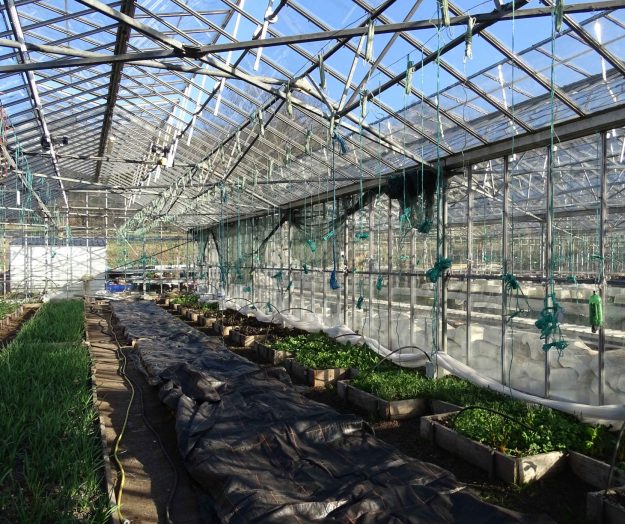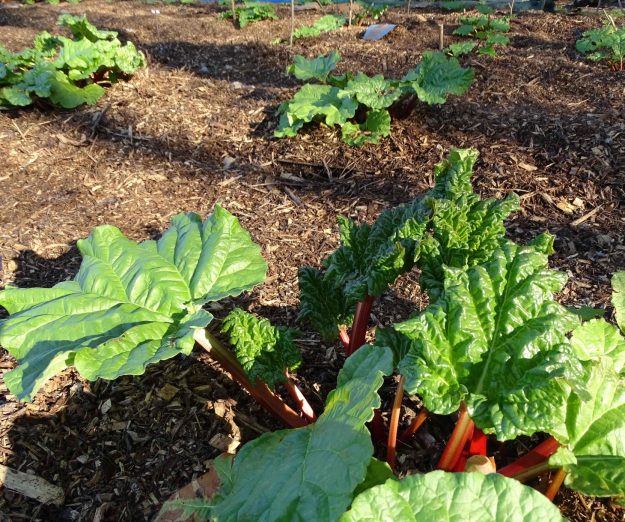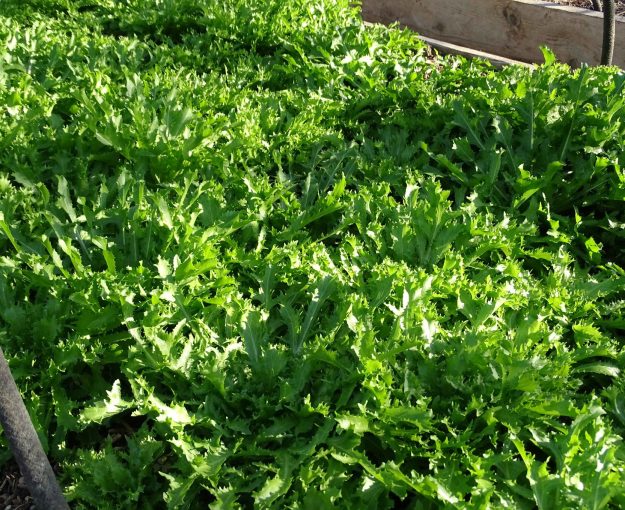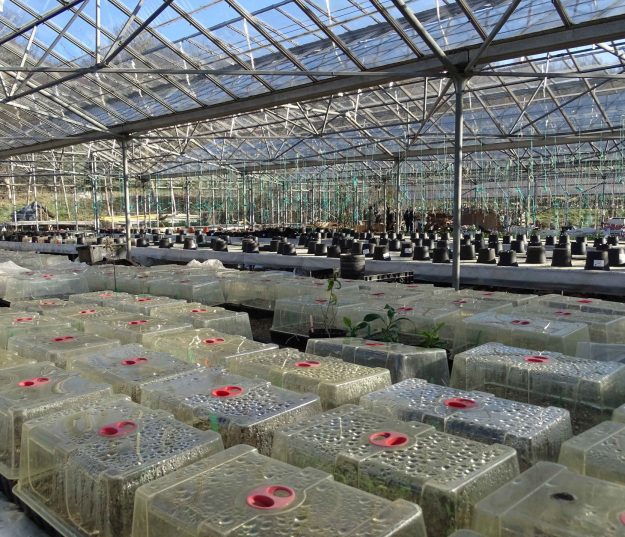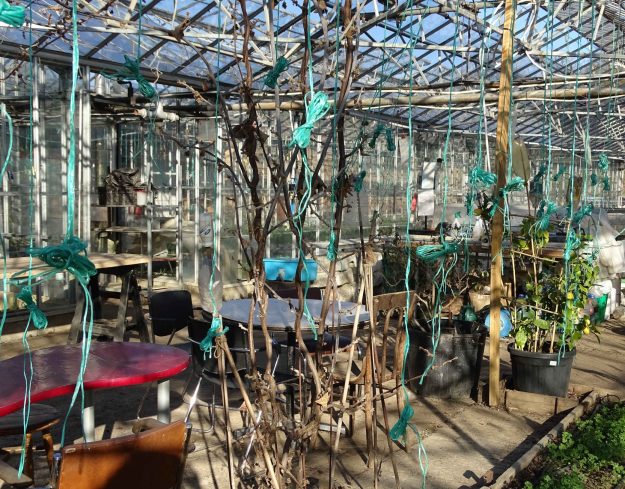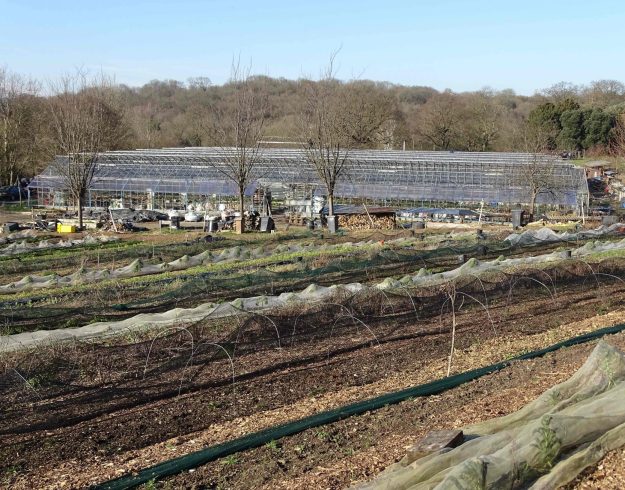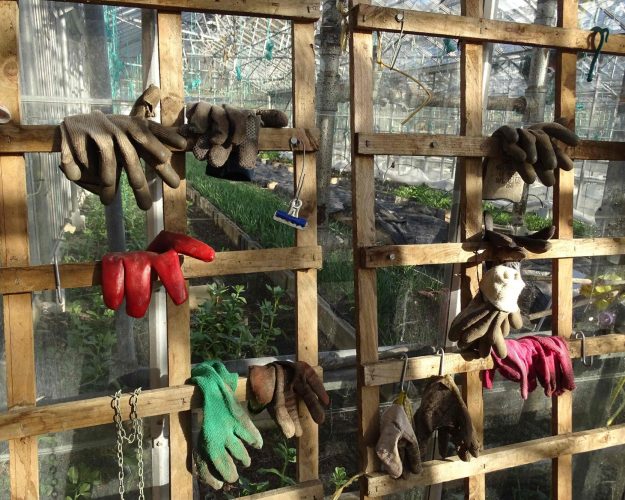
From The Artist’s Vade Mecum being the Whole Art of Drawing

Taken from a mid-eighteenth century drawing manual, these choice flowers arranged in baskets include roses, tulips, carnations, anemones, clematis and morning glory. But plants are just a small part of The Artist’s Vade Mecum being the Whole Art of Drawing published by Robert Sayer in 1762. Aimed at the amateur artist, Sayer explains techniques for drawing everything from the human figure, antiquities and landscapes to natural forms including birds, animals, and shells.
Sayer’s introduction reminds us that our appetite to record and preserve images of the world is not a new one. Before photography, which we take for granted today (and more accessible than ever before via our mobile phones), the most convenient way to make images of people and places was to draw them, and this was a highly desirable skill to possess:
‘Drawing of Landscapes, Buildings, &c for a Gentleman, is the most entertaining and useful in the whole Art: To be able on the Spot (as is before observed) to take the Sketch of a fine Building, or beautiful Prospect of any curious Production of Art, or uncommon Appearance in Nature, or whatever else may present itself to view on our Journies or Travels, in our own or foreign Countries, maybe thus brought home and preserved for our future Use, either in Business or Conversation: and is the best Method of bringing to Mind again those Beauties that have once charmed us.’
For the beginner Sayer advises drawing items from the natural world first, arguing these are easier to draw than the human figure (which makes up the majority of his manual):
‘The drawing (of) Flowers, Fruits, Birds, Beast, and the like, might be the Subject of some of your first Attempts, not only as it is a more pleasing Employment, but as it is an easier Task than the Drawing of Faces, Hands, Feet and other Parts of the human Body, which require not only more Care, but greater Exactness and more Judgement.’
Vignettes shown as examples of composition for students to follow reveal some gardens, rural scenes and people using the outdoors as recreational space. There are a variety of ruins framed by trees, a fountain and a group seated on furniture which looks as though it would normally belong in a dining room.
Robert Sayer (1725 – 1794) was a successful seller of prints, maps and charts, based in Fleet Street, London. He collaborated with artists (including Zoffany), arranging for engravings to be made of their paintings and publishing prints of these.
Sayer’s Wikipedia biography makes no mention of the educational books he published, for both adults and children. However, we can see from his 1775 stock catalogue this was a significant element of his business. It lists ‘Two Hundred and Twenty-four‘ books about drawing and painting (more than twenty of these concern plants), alongside dozens of titles about writing – from alphabets and handwriting to instructions on drafting invoices and other correspondence. There are also publications about architecture and furniture.
Another of Sayer’s books, The Florist: containing sixty plates of the most beautiful flowers regularly disposed in their succession of blowing (1760) was re-discovered in the library of the Missouri Botanical Garden in 2017. They believe it’s an early example of a colouring book – see a link to an article about this below.
Illustrations in The Florist reveal the continuing popularity of double flowers, such as hollyhocks, anemones and even almond blossom, and for the striped or flamed tulips prized in the seventeenth century. There are more unexpected plants too, like mezereon (Daphne mezereum) a scarce UK native shrub, hellebores and persicaria. The book is arranged following months of the year so that the artisit, or gardener, can enjoy a succession of blooms. The invaluable cultural insights into mid eighteenth century English taste contained in these books make them fascinating reading – links to digitised versions below.










from The Florist: containing sixty plates of the most beautiful flowers






Further reading:
The Whole Art of Drawing (1762)

